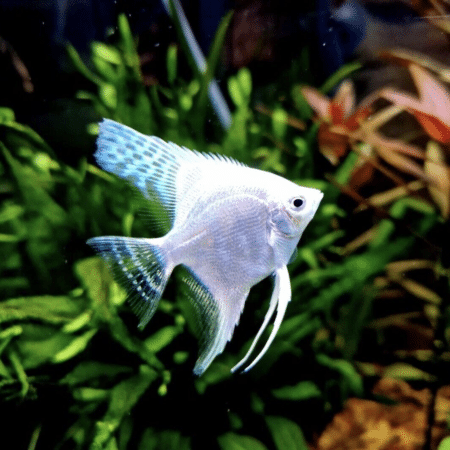To provide the best experiences, we use technologies like cookies to store and/or access device information. Consenting to these technologies will allow us to process data such as browsing behaviour or unique IDs on this site. Not consenting or withdrawing consent, may adversely affect certain features and functions.
The technical storage or access is strictly necessary for the legitimate purpose of enabling the use of a specific service explicitly requested by the subscriber or user, or for the sole purpose of carrying out the transmission of a communication over an electronic communications network.
The technical storage or access is necessary for the legitimate purpose of storing preferences that are not requested by the subscriber or user.
The technical storage or access that is used exclusively for statistical purposes.
The technical storage or access that is used exclusively for anonymous statistical purposes. Without a subpoena, voluntary compliance on the part of your Internet Service Provider, or additional records from a third party, information stored or retrieved for this purpose alone cannot usually be used to identify you.
The technical storage or access is required to create user profiles to send advertising, or to track the user on a website or across several websites for similar marketing purposes.



















Laura Martinez (verified owner) –
I’ve had my Flametail Peacock Cichlid for about two months now, and I couldn’t be happier! This Malawi Cichlid is not only vibrant with those eye-catching colors, but it also has such a lively personality that adds a wonderful dynamic to my aquarium. After acclimating him properly, he quickly settled in and began exploring his new home. It’s delightful to watch him interact with the other fish; he’s quite social!
His health has been excellent, and I’ve noticed that he thrives in a well-maintained environment with plenty of hiding spots. Compared to other cichlids I’ve kept, the Flametail seems to handle tank mates better and doesn’t exhibit as much aggression, making him perfect for my mixed tank.
One minor concern was that he did initially shy away from the food I offered, but after trying a few different brands, he now eagerly accepts high-quality pellets and frozen foods. So, my tip for new owners would be to experiment with a variety of foods until you find what he loves. Overall, I highly recommend the Flametail Peacock Cichlid not just for its beauty, but for its captivating nature. Perfect for both seasoned aquarists and those new to the hobby!
Emily Thompson (verified owner) –
I recently added the Flametail Peacock Cichlid to my community tank, and I couldn’t be happier! These stunning aquarium fish have brought so much life and color to my setup. After about two months of observation, I’ve noticed how their vibrant yellow and blue hues shine, especially when they’re swimming among the plants. They have such a friendly demeanor, making them perfect companions for my other tropical fish.
What I love most is their easy care; they thrive with minimal fuss as long as the water conditions are right. I initially worried about compatibility since I have a mixed tank, but these cichlids have been peaceful and social. One small concern is that they can be a bit shy at first, so having plenty of hiding spots really helps them feel secure.
Overall, I highly recommend the Flametail Peacock Cichlid for anyone looking to enhance their aquarium. They’re not only beautiful fish but also a wonderful addition that brings joy to my home. If you’re starting in the aquarium hobby or want to add to your collection, these fish are a fantastic choice!